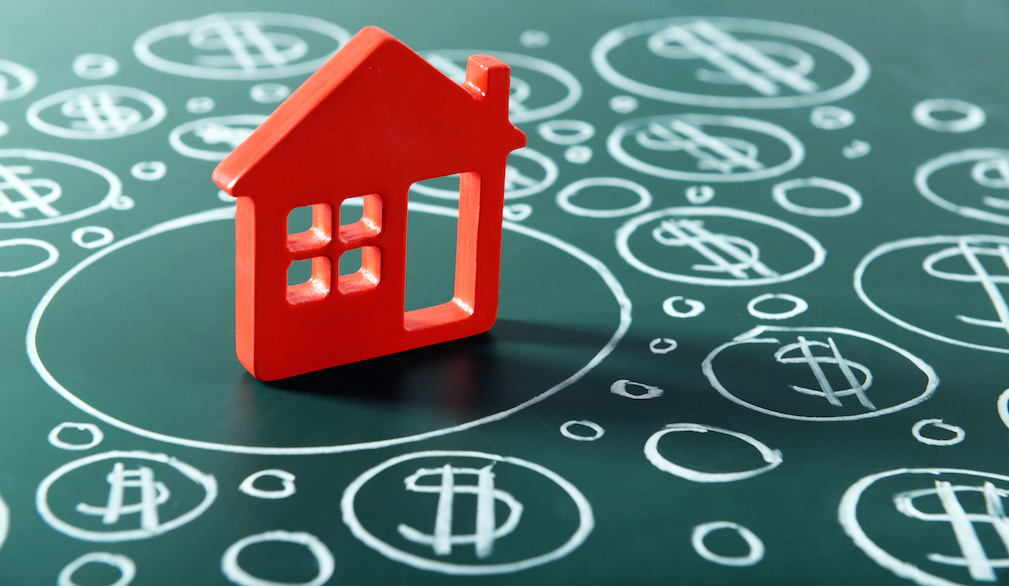Americans have record amounts of tappable home equity – a collective $5.8 trillion, to be exact. But accessing the funds through a home equity loan or reverse mortgage costs money, and really, it’s just another form of debt. Maybe this is partly why many American homeowners are shying away from using what might be their greatest asset.
But a relatively new concept is gaining momentum and it could shake things up. It’s called homeownership investment, and it allows homeowners to access their equity without incurring more debt. Spurred by rising home prices, homeownership investment companies are popping up around the country, offering to invest alongside homeowners in the appreciation of their property.
For homebuyers, this means buying a home and accepting a portion of the downpayment from an investor. In exchange, the investor receives a percentage of the proceeds when the house is sold or after specific number of years have passed.
For homeowners, this means accepting cash based on the appraised value of your house. When the house is sold, or the agreement has reached its maturity date, the investor is repaid.
In both scenarios, there is no interest and no monthly payments. Instead, the investor provides financing in exchange for the opportunity to share in the appreciation of the home. If the home depreciates, they share in the loss.
As home values continue to rise, it appears the idea of homeownership investment is gaining traction, with startups like Patch in California and Hometap in Massachusetts promoting similar offerings in their states.
But the idea is not entirely new. More than a decade ago, Unison broke new ground when it launched its HomeOwner and HomeBuyer products. It invested in its first home in 2007, survived the housing crash, and thanks to the $40 million capital infusion it received in June, it has plans to grow.
Based in San Francisco, Unison aims to connect institutional investors looking for long-term rewards with homeowners seeking debt-free access to equity. The company invests between 5% and 20% of the home’s value, and its share in the home’s appreciation is typically 35%. Homeowners retain full ownership and can renovate as they please or sell at any time. After 30 years, they can repay Unison’s investment, sell or apply for an extension.
Unison CSO Brian Elbogen said the company seeks to provide a solution to an important problem plaguing homeowners: the constant accumulation of debt.
“People have equity in their home and have a variety of life needs that they are trying to solve for, and today, the only existing solution they have available to them is debt,” Elbogen told HousingWire. “Through every stage of homeownership – whether you’re buying a home with a mortgage, or you’re taking cash out with a HELOC, or you’re staying in your home with a reverse mortgage – you have debt-based solutions.”
“This concept of equity financing exists everywhere except for the world’s largest asset class, and the one consumers care most about: the roof over their heads,” Elbogen added. “We want to deliver a different solution that that offers more financial flexibility than just taking on more and more debt.”
Currently, Unison’s products are available in 22 states plus Washington, D.C., and Elbogen said it plans to be in 30 states by year’s end.
Unison promotes its products through several large lenders, including Guaranteed Rate and Valley National. Valley National borrowers can participate in a 5% down program where the buyer puts down 5% and Unison provides the remaining 15% of the downpayment as an equity partner, effectively increasing the buyer’s purchasing power.
So far, Unison has the largest reach of any of its competitors, but Elbogen admitted this might change as others catch on.
“We were early to understand that there is a core need from consumers in a rising home price environment where housing is getting more expensive, where interest rates continue to go up, where wage growth isn’t catching up,” he said. “There are lots of different people who are trying to react to that right now.”
“So we’re seeing some competitors in the equity financing space, but I think it’s healthy that there are all these different types of solutions coming into the market for home accessibility or to help get people liquidity out of their home. And, they all point to the same thing: The definition of homeownership must become more flexible in order to meet the needs of consumers today.”






